-
TRANSPARENCY AMBITIONS
We’re proud to share everything about our designs – from key facts and findings to our finest ideas. Who makes them, which materials are used, where they are sourced, and the specific standards and certifications for each design. Our goal is to achieve even greater transparency across our supply chain, and by 2026, we aim to have transparency down to every component used in our products. We’ve already achieved this for many of our designs, and on most designs, you will find information about the manufacturer and the climate footprint of the design.
Read more about all our initiatives, goals, and results in our annual sustainability journal
We work with circularity to design and craft products that live on in a continuous cycle after the sale. Our focus is on durability, modularity, and timeless design, allowing you to easily repair, replace, or reuse parts like seat pads and sofa covers to suit your changing needs or style This means investing in furniture that adapts with you, lasts for years, and actively reduces waste.
We constantly ask ourselves how we can use better materials, how we source them, how we can reduce waste, and how we can rethink parts and components to be replaceable. Our goal is to integrate changeable parts – like changeable covers, seat pads, and legs – into every product. Currently, 16 sofa families feature changeable covers, and some dining chairs – such as Kite, Merge, Swing, Fenri, and Eter – have changeable seat pads, giving you the flexibility to clean, refresh, or change the look, without replacing the whole chair.
In collaboration with our friends at MÅLBAR, we measure the climate footprint of our most popular design series – including everything from raw materials, to production, packaging and shipping, the product lifetime and eventual disposal after many years of use. Our goal is to make it easy for you to explore and compare the actual CO2eq emissions of most designs, enabling you to make informed choices
Most wooden chairs from our timeless collection carry a story – not just of craftsmanship, but also of their environmental footprint. By measuring the CO2eq emissions of each design, we uncover the true impact behind every chair. This insight allows us to compare each design transparently, helping you understand exactly what you’re choosing. With this knowledge, we set clear, ambitious goals to minimise our overall carbon footprint.
We break down our supply chain to clarify every step in creating a product. By 2026, we aim for full transparency of all components – every piece of marble, wood, foam, and fabric. The supply chain levels illustrate our current knowledge of suppliers and manufacturers involved in production, shown as percentages in the graphic.
LET’S EXPLAIN
-
LEVEL 0 PARTNERS
-
Our network of external partners assists us with the production of some of our designs, primarily accessories They convey our needs and specifications throughout their supply chain, ensuring that our quality and production standards are being met, using their industry expertise.
-
LEVEL 1 PRODUCTION
-
The craftsmen and –women, specialists and technicians who build your sofa, furniture, as well as lamps, vases, and tableware.
-
LEVEL 2 COMPONENTS
-
The manufacturers who produce the components and materials used in the creation of our designs include those responsible for sawn wood and veneer, marble tabletops, foam, and fabrics.
-
LEVEL 3 RAW MATERIALS
-
The manufacturers who create the raw materials used in components and building materials include those producing timber, flax fibres used to make linen, and blocks of raw marble.
While our supply chain overview simplifies the process, it’s important to understand that creating a product involves many layers. That’s why we take great care in selecting our partners and carry out thorough due diligence to promote safe and ethical practices at every step.
We’re proud to be part of the Science Based Targets initiative (SBTi) – a collaboration that ensures our climate goals are based on the latest scientific insights. As a global nonprofit, SBTi helps businesses like ours set bold yet achievable targets – and holds us accountable every step of the way.
In 2024, we took a major leap by submitting our science-based targets for approval – a strong and realistic plan for action. With SBTi’s guidance, we’re not just setting goals; we’re making real progress. Now officially recognised, we will track and share our climate impact and achievements annually – staying transparent as we work towards something better.
-
REDUCING OUR IMPACT
Actions are essential for change, and it is vital for us to live up to our goals. We’re committed to reducing our climate impact by mapping scope 1, 2 and 3 using the GHG protocol (Greenhouse Gas Protocol). By analysing this data, we’ll be able to set clearer goals and monitor our progress even more effectively.
Here, you will see how our greenhouse gas emissions are distributed throughout our business. Scope 1, 2, and 3 refer to different stages of emissions – all the way from harvesting the raw materials to disposing of a piece of furniture after many years of use.
Scope 1:
Commonly referred to as "direct emissions," these are emissions generated directly by our activities, such as the operation of our stores, HQ and company cars.
Scope 2:
Commonly referred to as "indirect emissions," these result from the consumption of purchased electricity, heating and cooling by our organisation.
Scope 3:
These are indirect emissions that occur both upstream and downstream in our value chain, including emissions from raw materials, suppliers, manufacturers– as well as our customers when they use, maintain and eventually discard our designs.
Our work towards a lower impact has two main areas:
Our overall CO2eq emissions
We utilise GHG protocol scope 1, 2 & 3 findings to initiate larger changes in our business – this being raw materials, production, transportation and energy consumption – focusing on the biggest emitters first
Product CO2eq emissions
For our main design series, we dive a step deeper with MÅLBAR Life Cycle Assessments – enabling us to improve existing products and develop new designs to guarantee continuous reductions in climate impact.
-
WHAT IS THE IMPACT OF A SOFA?
MÅLBAR specialises in calculating the complete climate impact of a product. They make the data relatable by comparing it to familiar activities – such as how many cheeseburgers you could eat, cups of coffee you could drink, or movies you could stream – to produce the same CO2eq emissions as the product generates over its entire lifetime.
We’re on an ongoing journey towards something better – driven by curiosity, creativity, and a deep sense of responsibility. Our annual SUSTAINABILITY JOURNAL serves as both a guide and a framework, helping us navigate complex choices with greater transparency, more informed decisions, and a clearer direction. It shapes how we design, what we create, and who we partner with along the way.
Great accomplishments take time, and it’s important to celebrate every achievement along the way. Here, you can get an overview of our sustainable progress – and explore the exciting projects we’ve planned for the coming years.
2018:
- Membership of amfori and onboarding of suppliers to the BSCI platform
- Our strategy is changing from being trend-based to creating design with a long-term focus
- Gaining the FSC trademark licence
2019:
- All fabrics are OEKO-TEX® STANDARD 100-certified
2020:
- 100 % test policy - all furniture must be tested in relation to strength, safety and durability
- First EU Ecolabel upholstery fabric in the collection
- Soft Collection becomes OEKO-TEX® STANDARD 100-certified
- Launch of ‘New Ways of Working’
2021:
- All wood designs are now FSC™-certified
- 10-year warranty on all designs
- Launch of the BOLIA Sustainable Transition Group
- Establishment of our strategic partnership with MÅLBAR to secure climate data
2022:
- Swing Dining Chair - first design with EU Ecolabel
- Our first Sustainability Strategy document is created
- Integration of the 6 R’s into our design philosophy
2023:
- The first BOLIA SUSTAINABILITY JOURNAL is shared with the world
- CO2eq emission data on 4500 product variants – with many more to come
- Supplier data becomes visible on all products
- Submission of the commitment letter to SBTi
- Introduction of several component designs with exchangeable parts
2024:
- Increasing quantity of EU Ecolabel Certified Products (14 chairs)
- Calculation of CO2eq emissions for the top 20 products, representing 339,007 product variants
- SBTi reduction target is sent for approval
- Partnership with SPOOR to focus on traceability and quality of leather
- Launch of fabric transparency at Bolia.com, allowing tracking of each production step of our furniture fabrics globally
2025:
- Start to work towards the SBTi reduction target
- An emission reduction plan will be developed
- All rugs become OEKO-TEX® STANDARD 100-certified
- A BOLIA material- and certification strategy will be created
- Climate screening of our primary suppliers’ production facilities
- Introduce the first products with transparency in our supply chain
2026:
- Set CO2eq reduction targets with core business partners
- Ensure transparency down to every component used in the production of our designs
